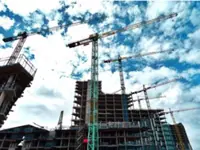Superior finish: Leveraging today’s digital design tools and robotic construction, digital IBS means fast construction and superior quality finish.
Gamuda’s next-generation digital IBS solution and ecosystem helps build homes right, right from the start.
DO you know what goes into building your homes? If you were to think about it, it’s likely that the image of workmen toiling to pour concrete or bend reinforcement bars on a construction site – exposed to the elements like the hot sun and rain of Malaysia’s tropical weather – will come to mind.
Already a subscriber? Log in
Save 30% OFF The Star Digital Access
Cancel anytime. Ad-free. Unlimited access with perks.





